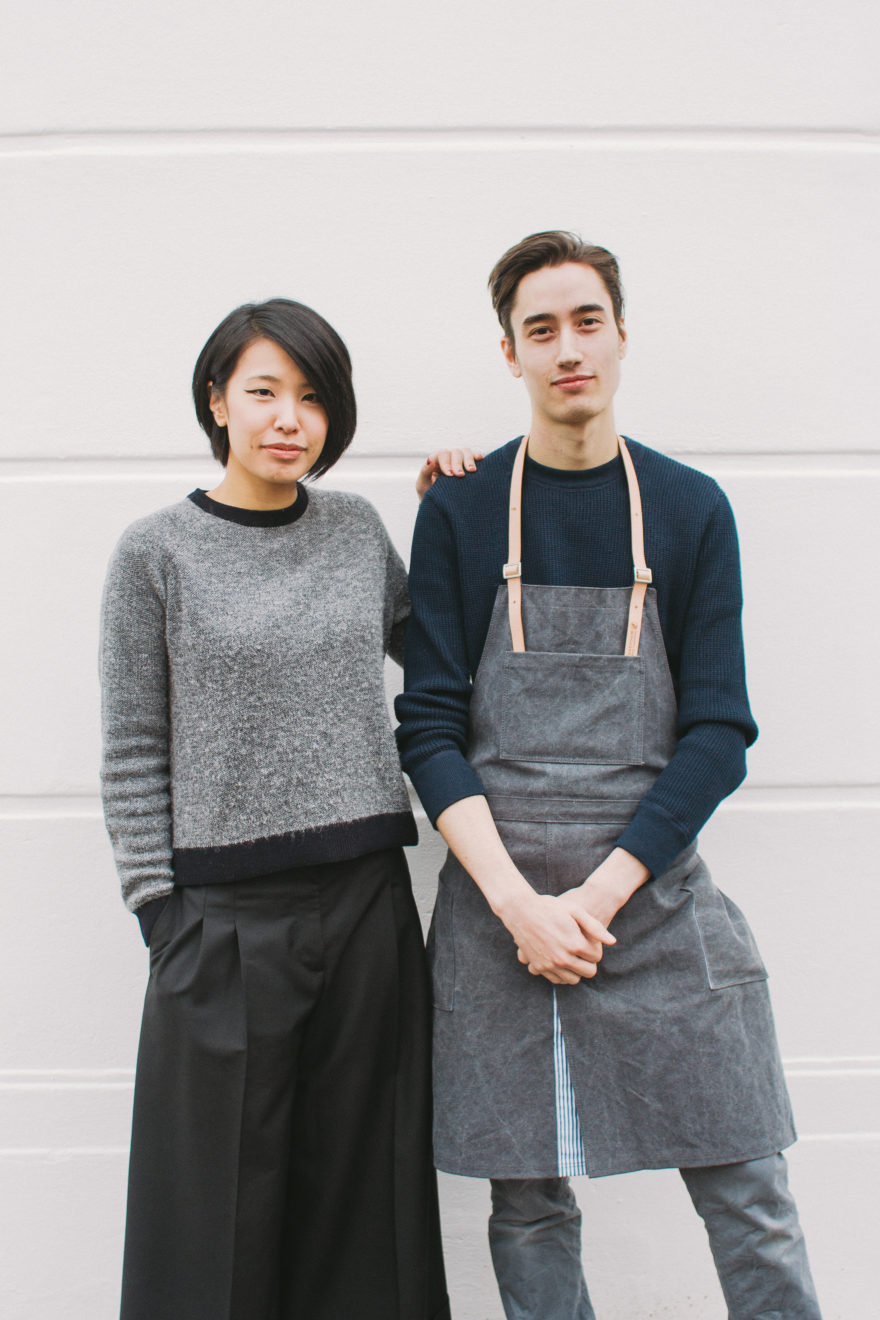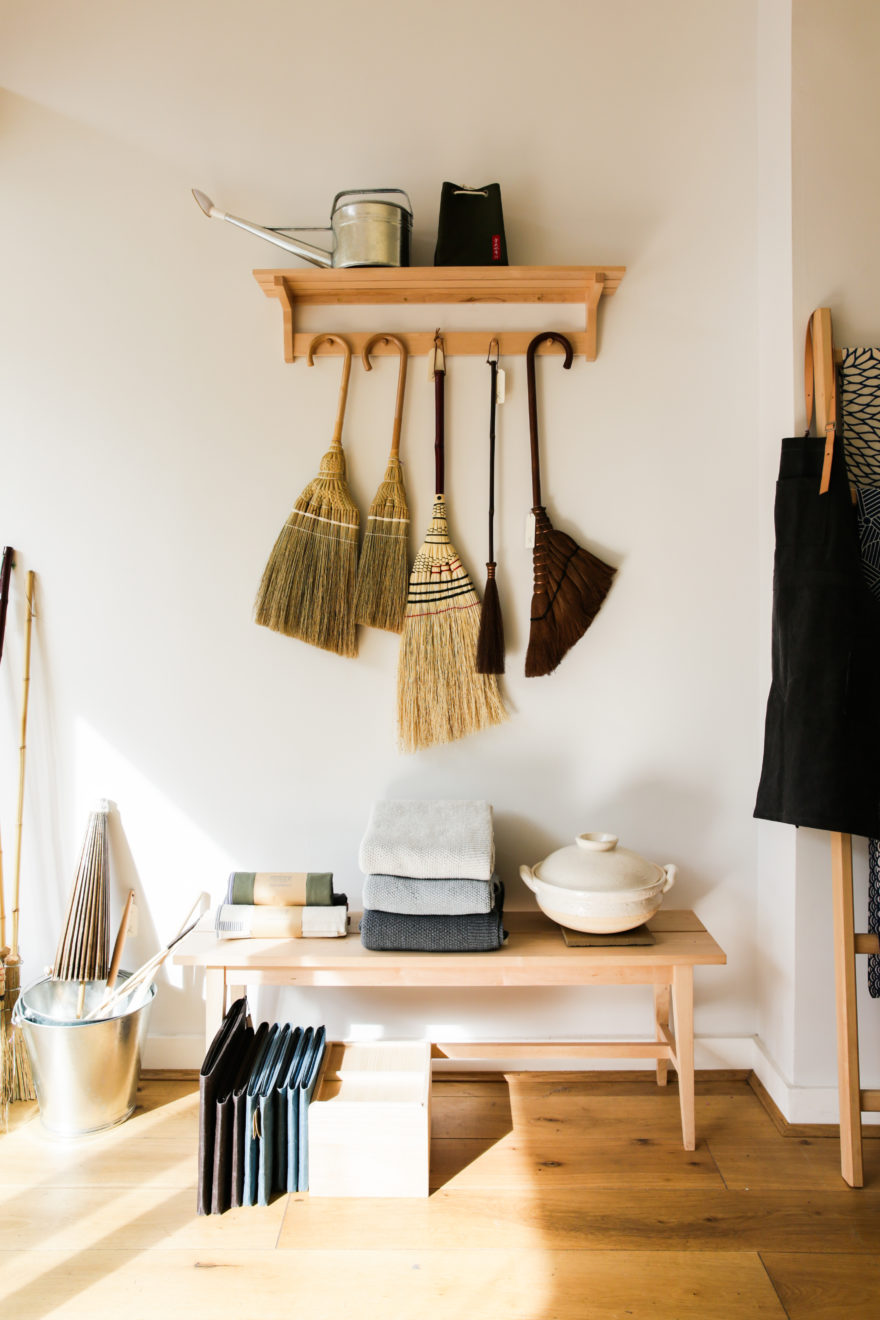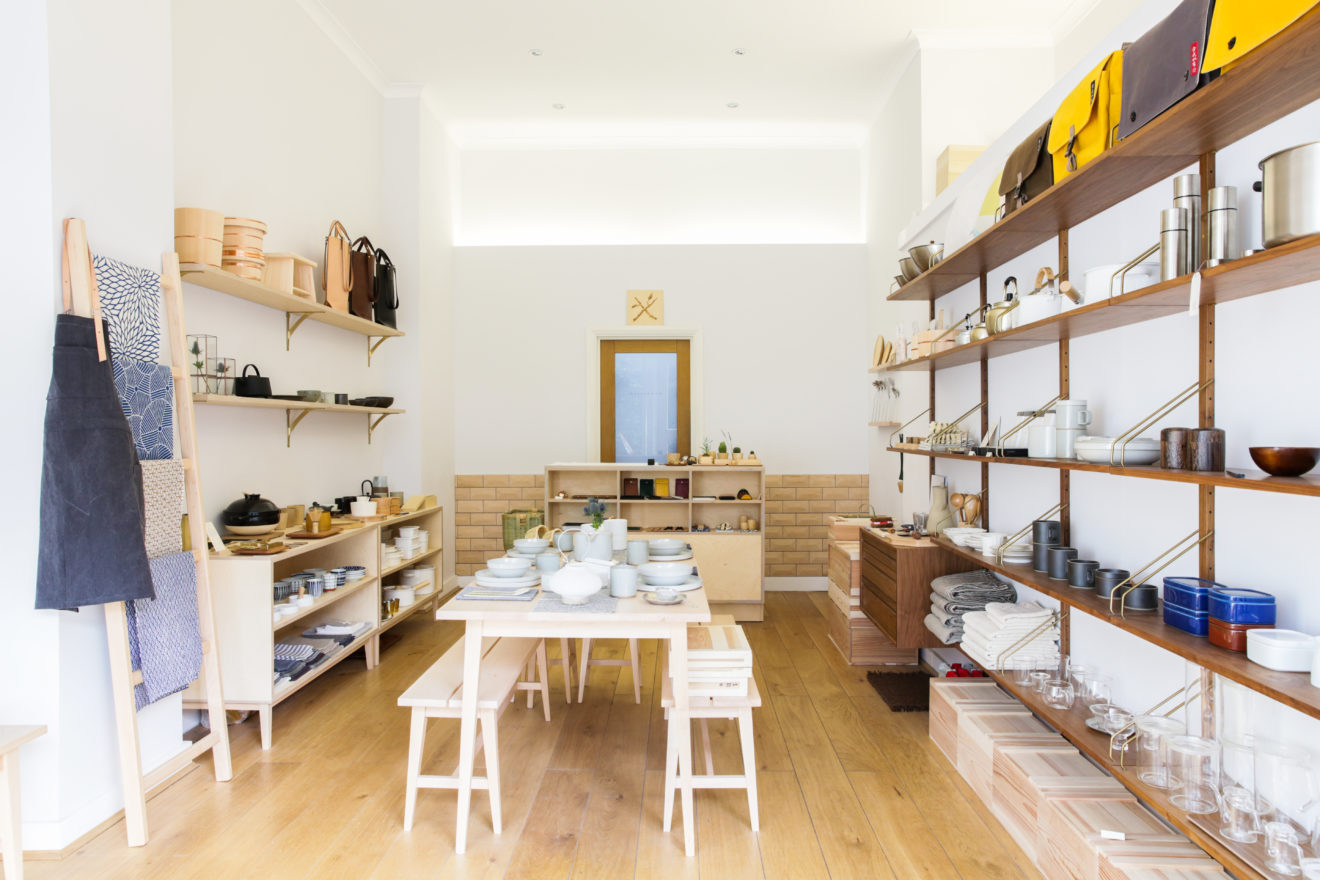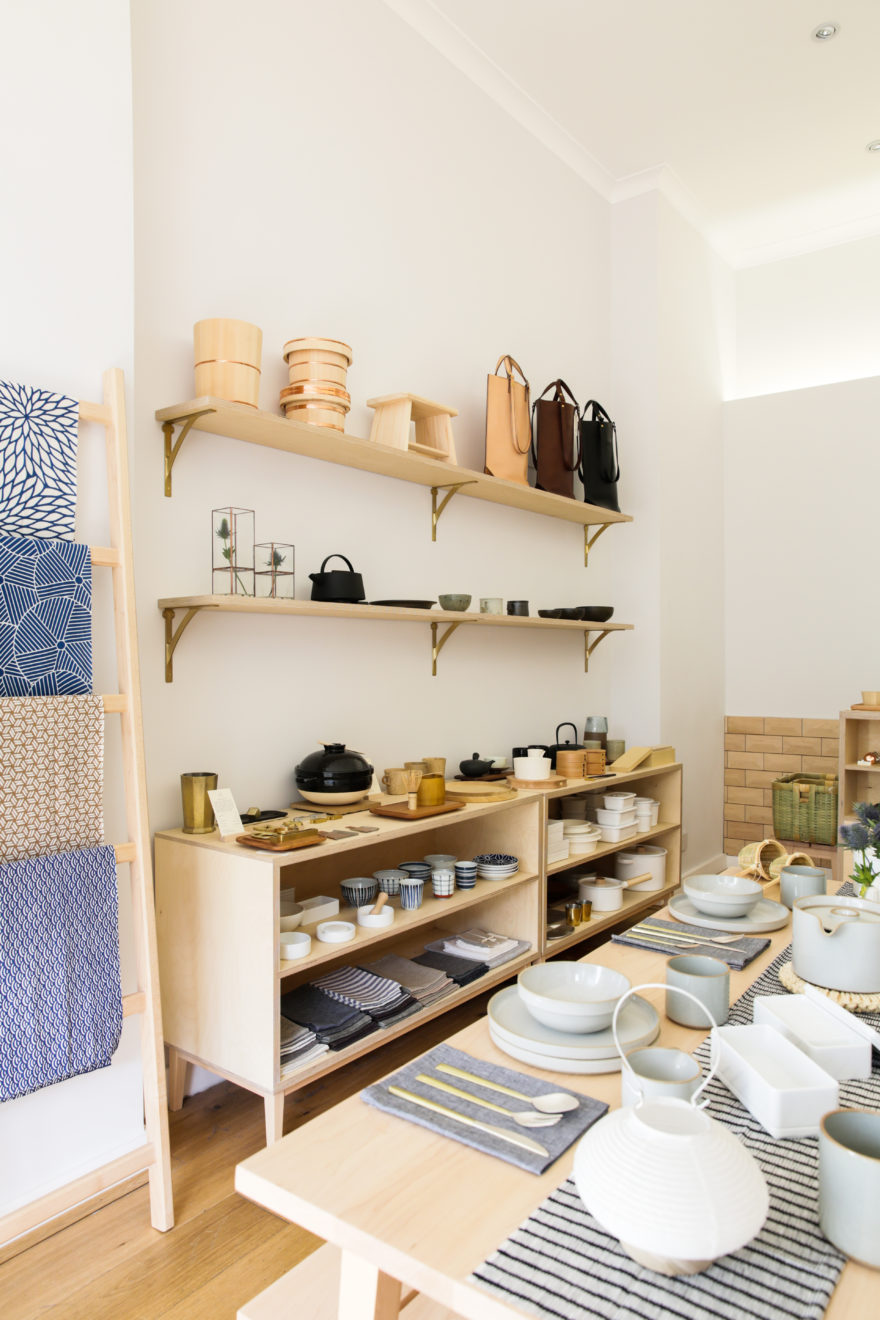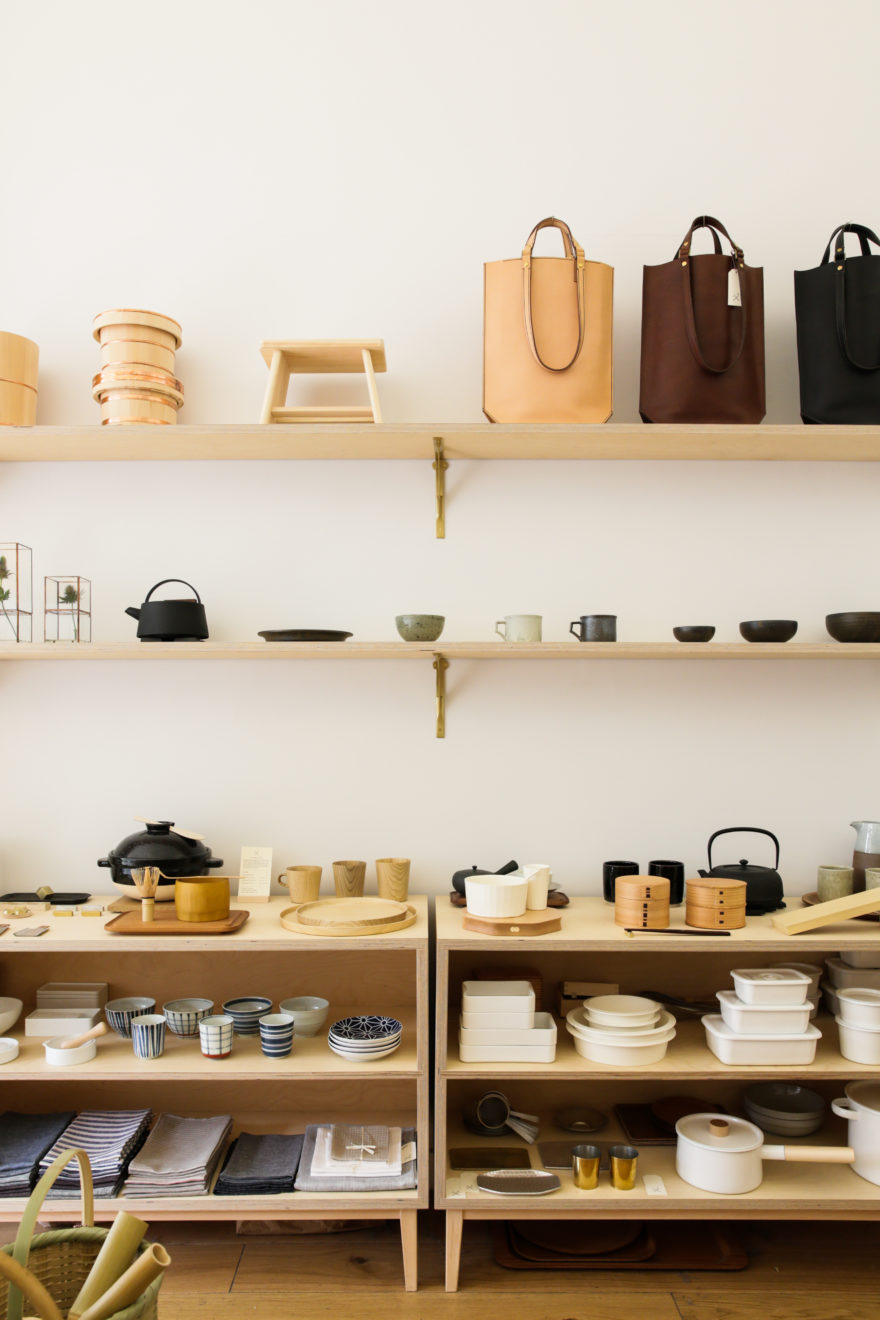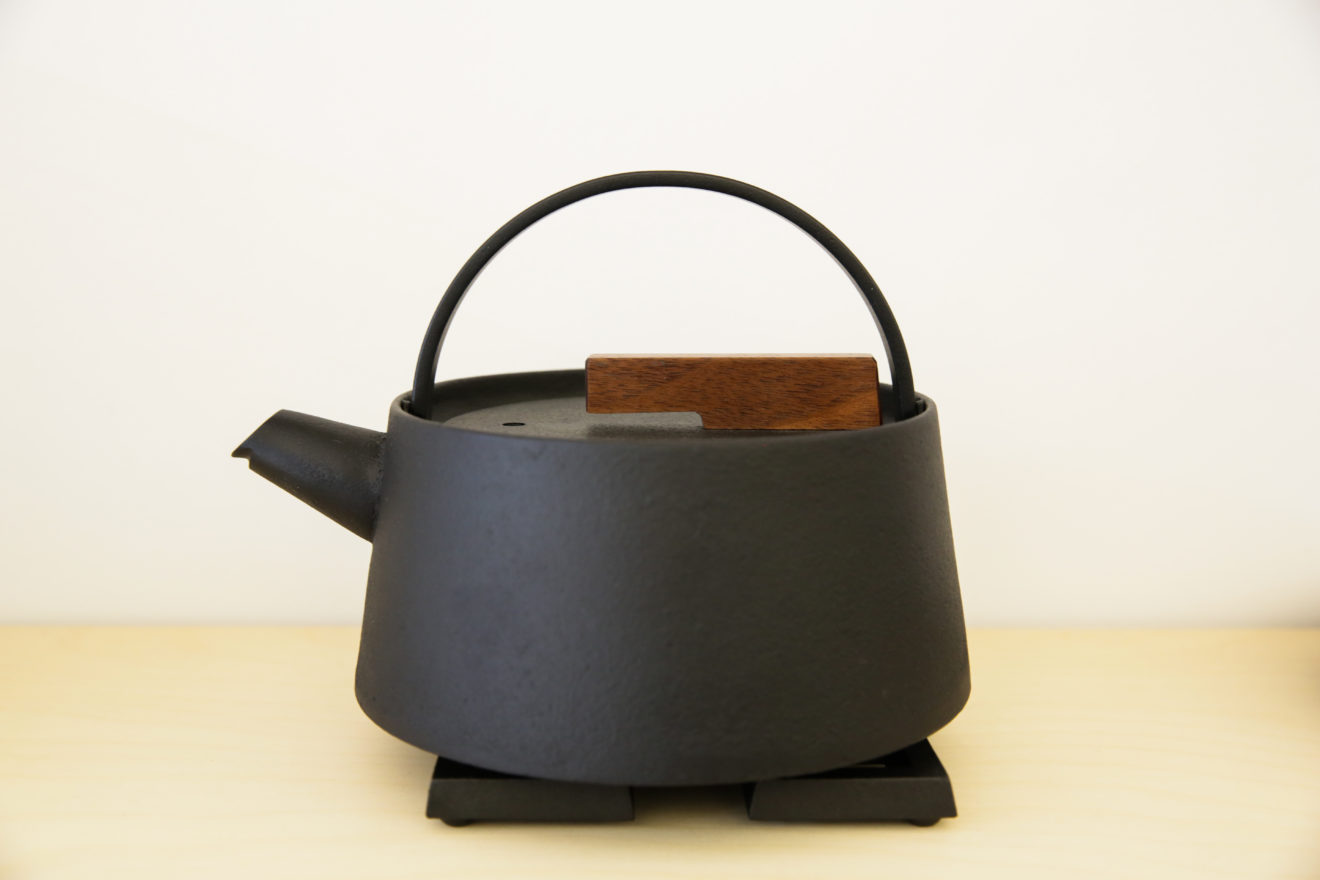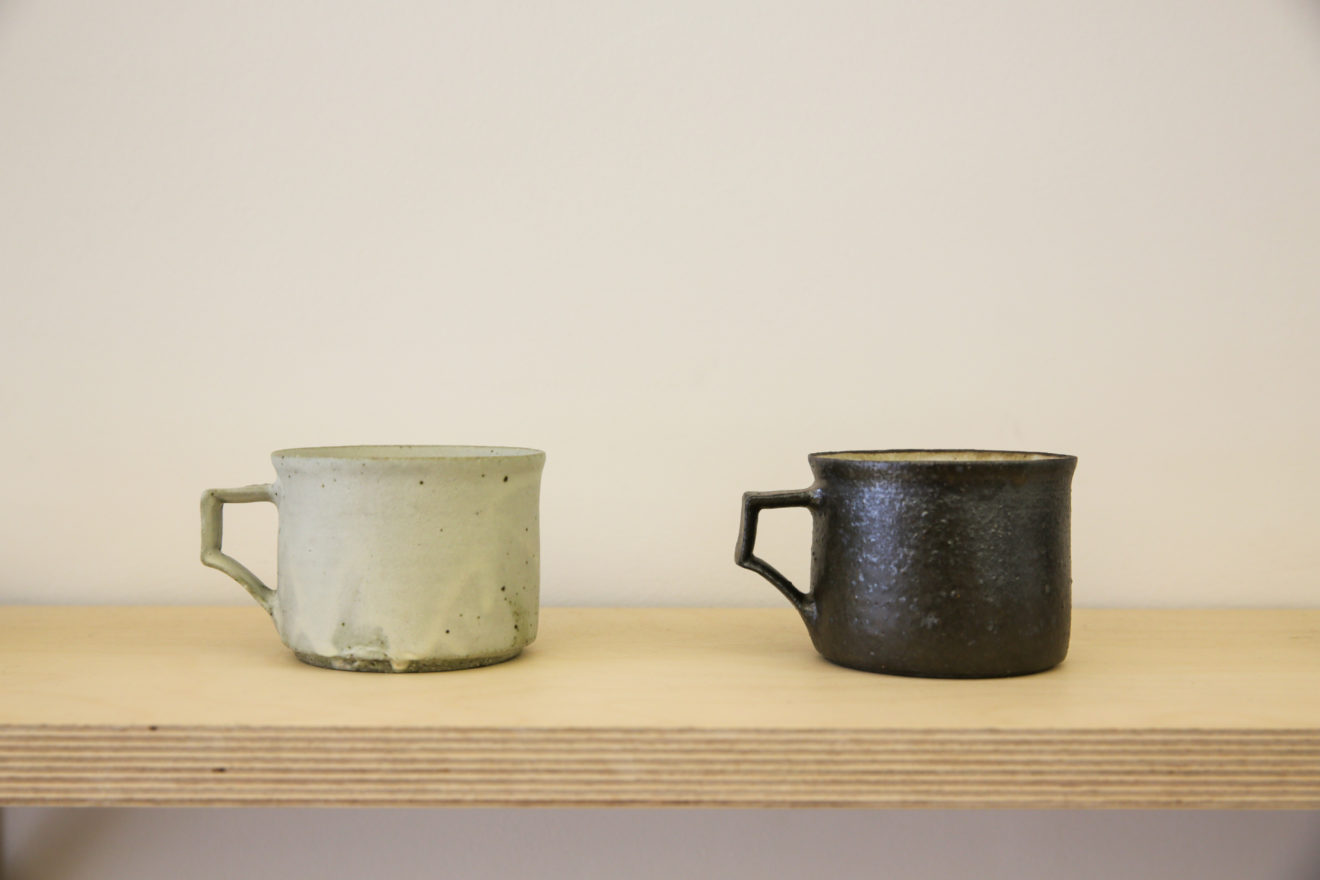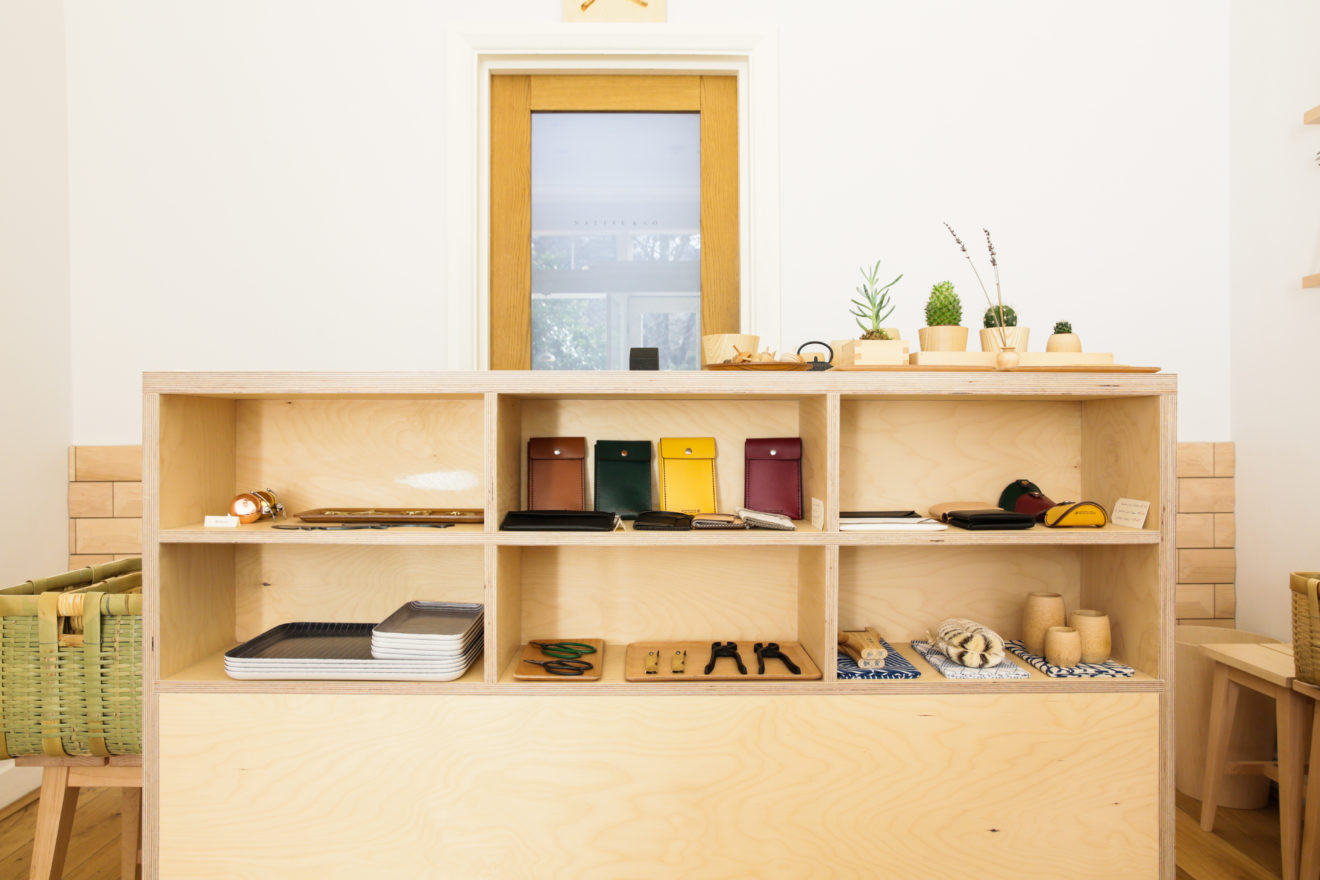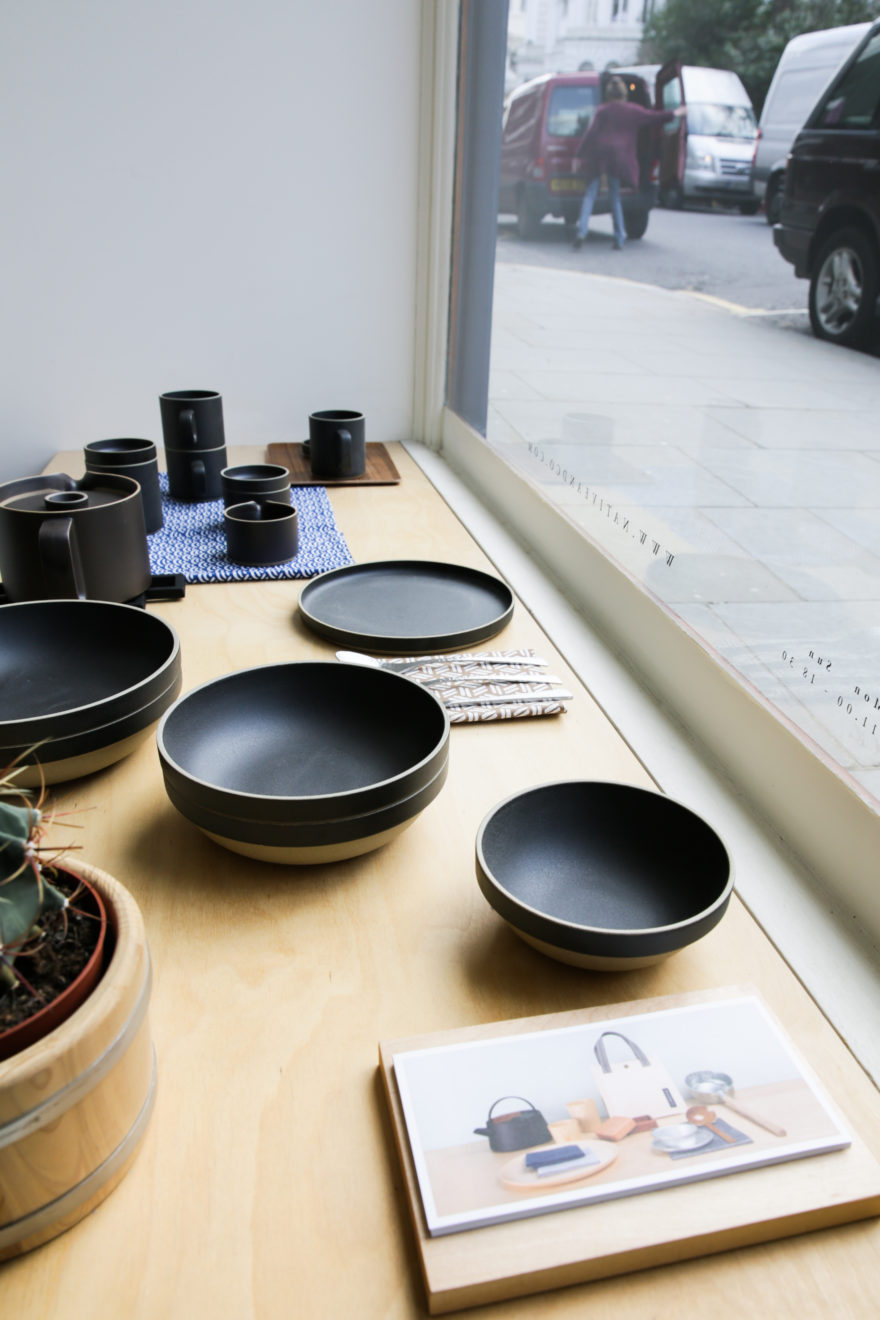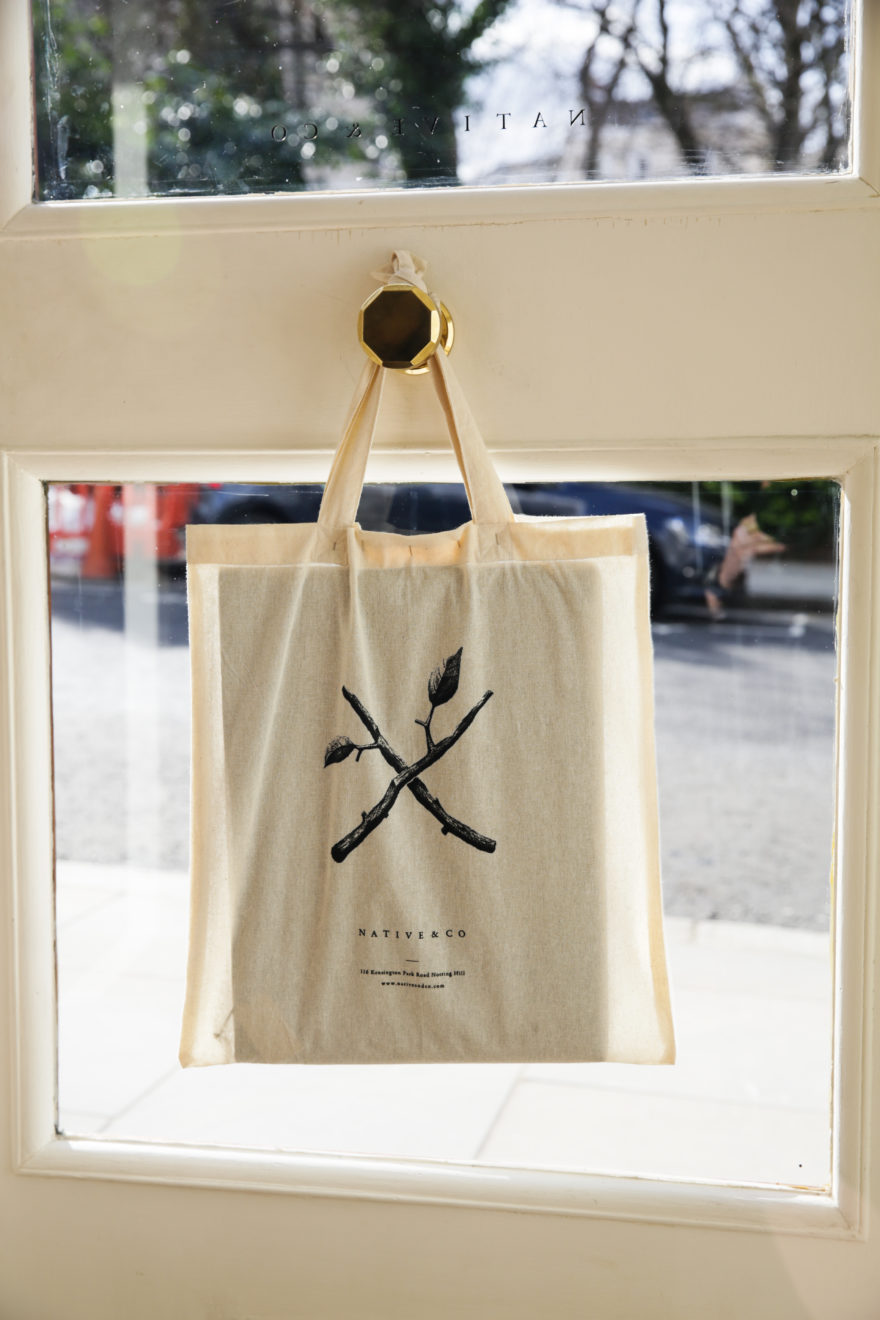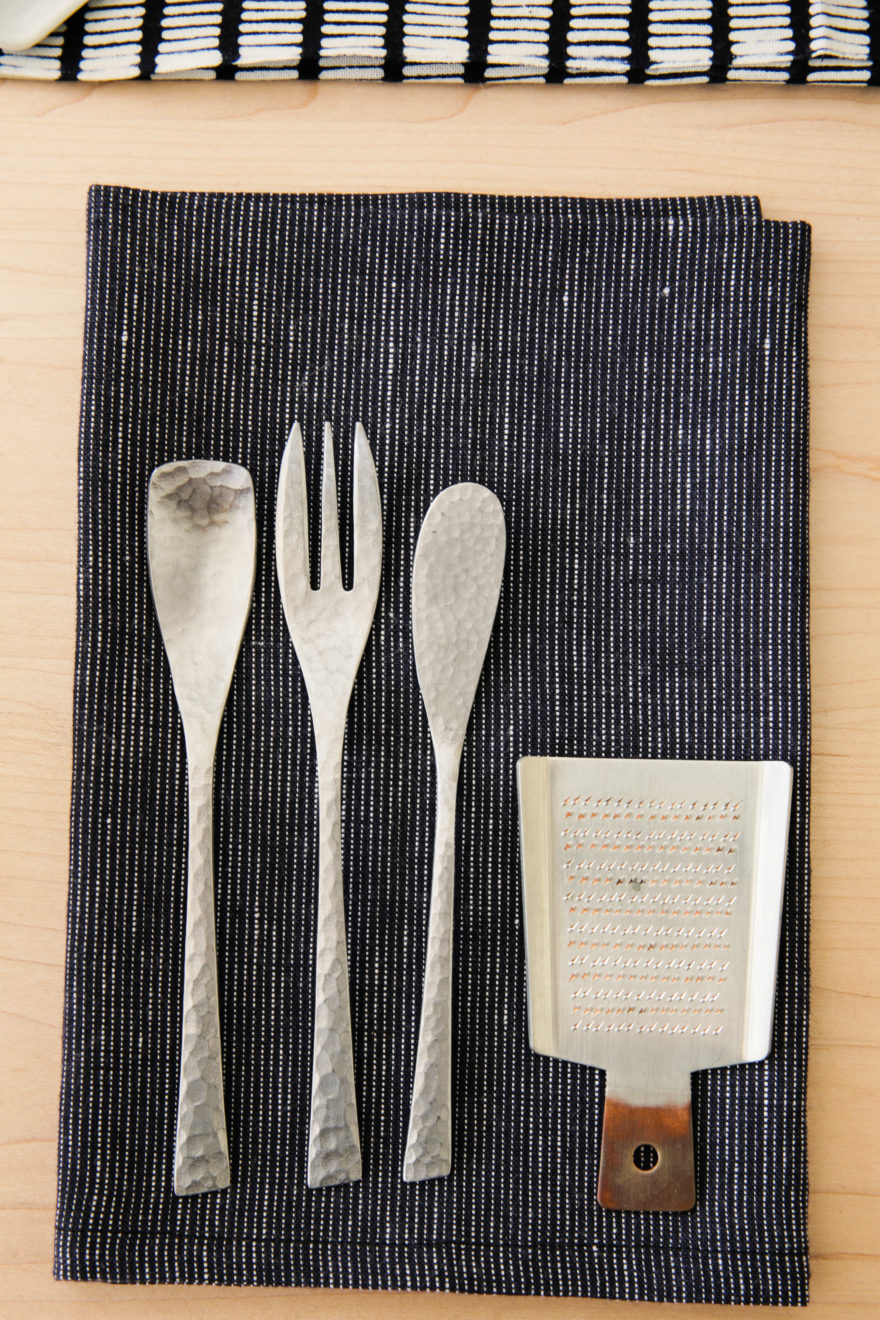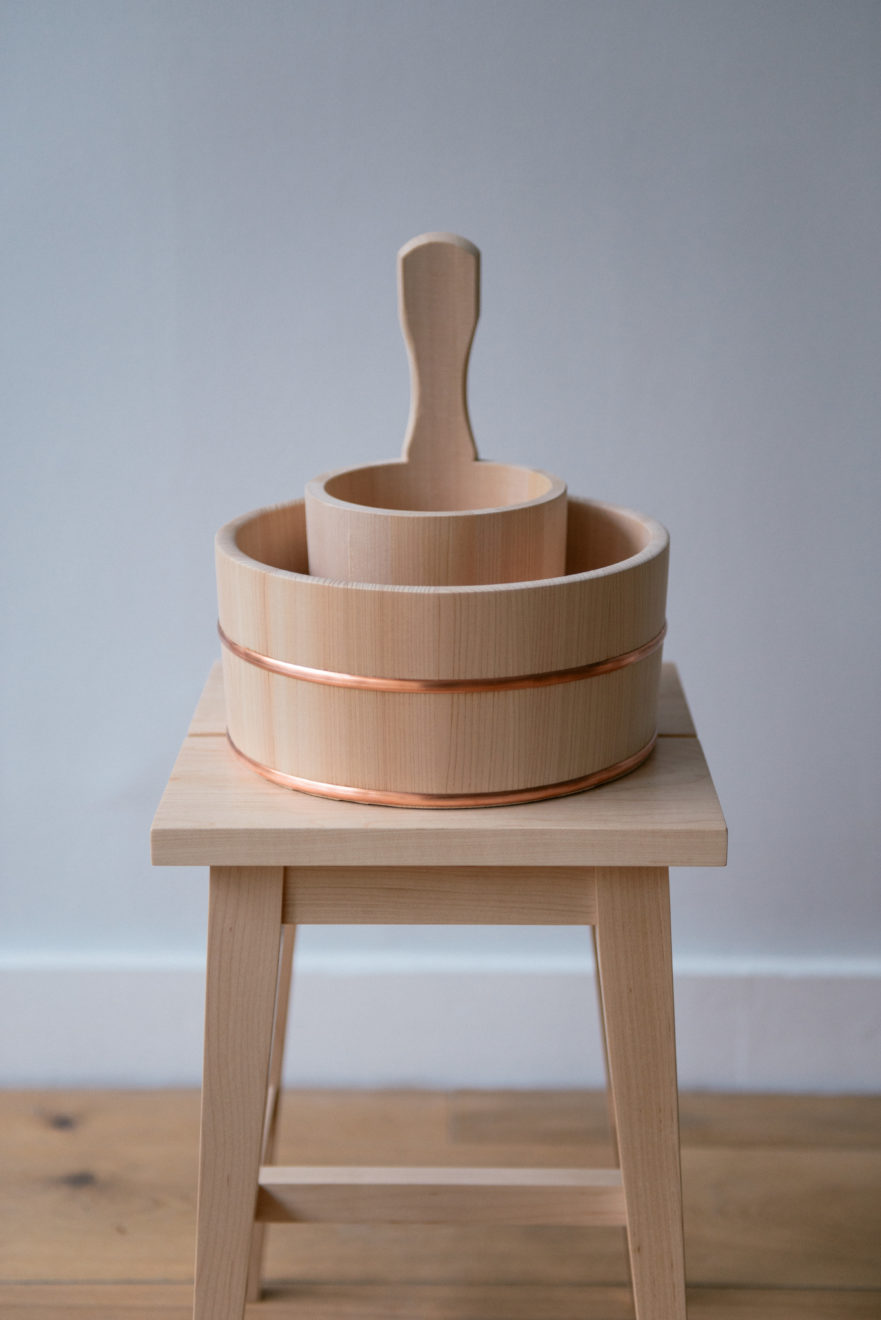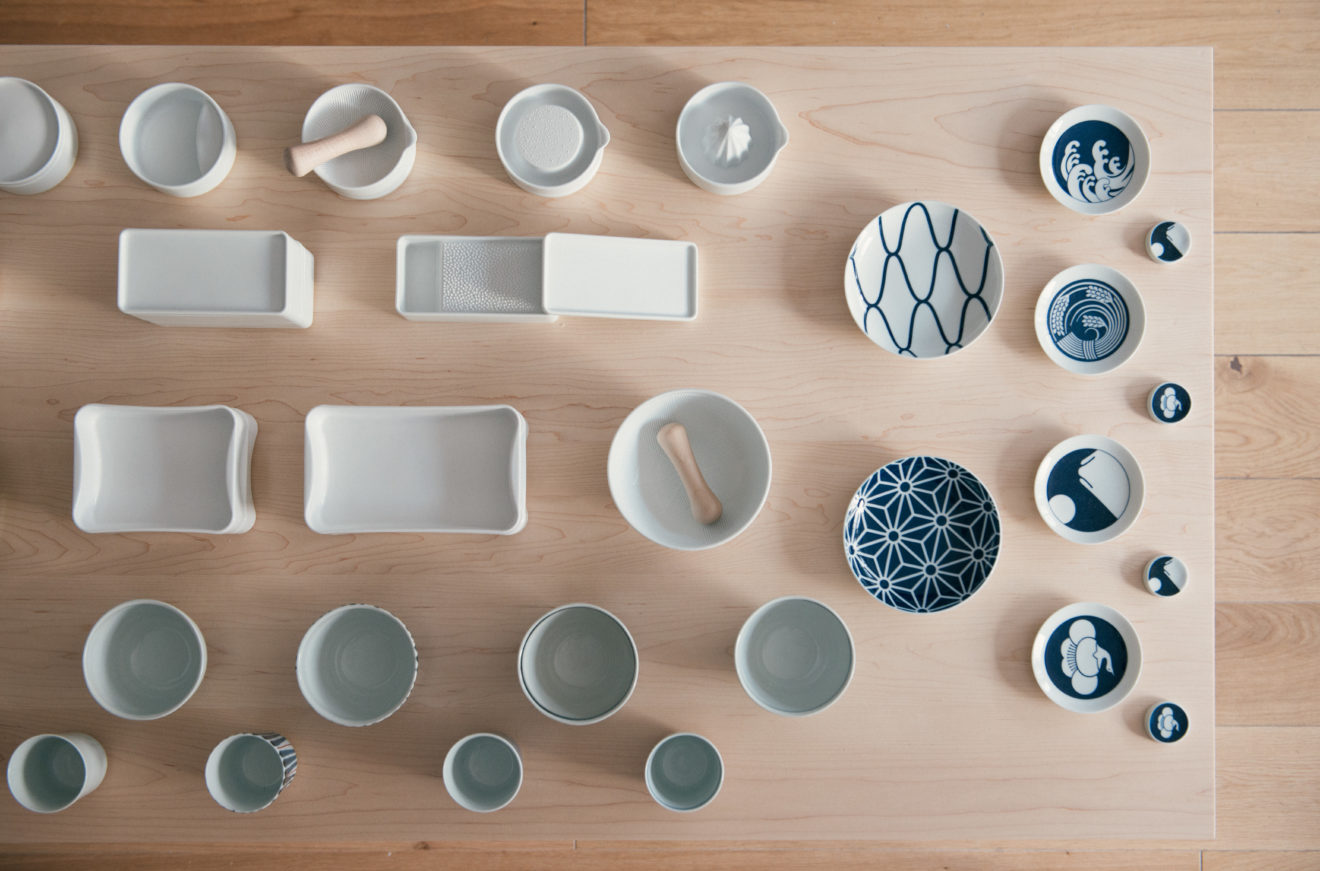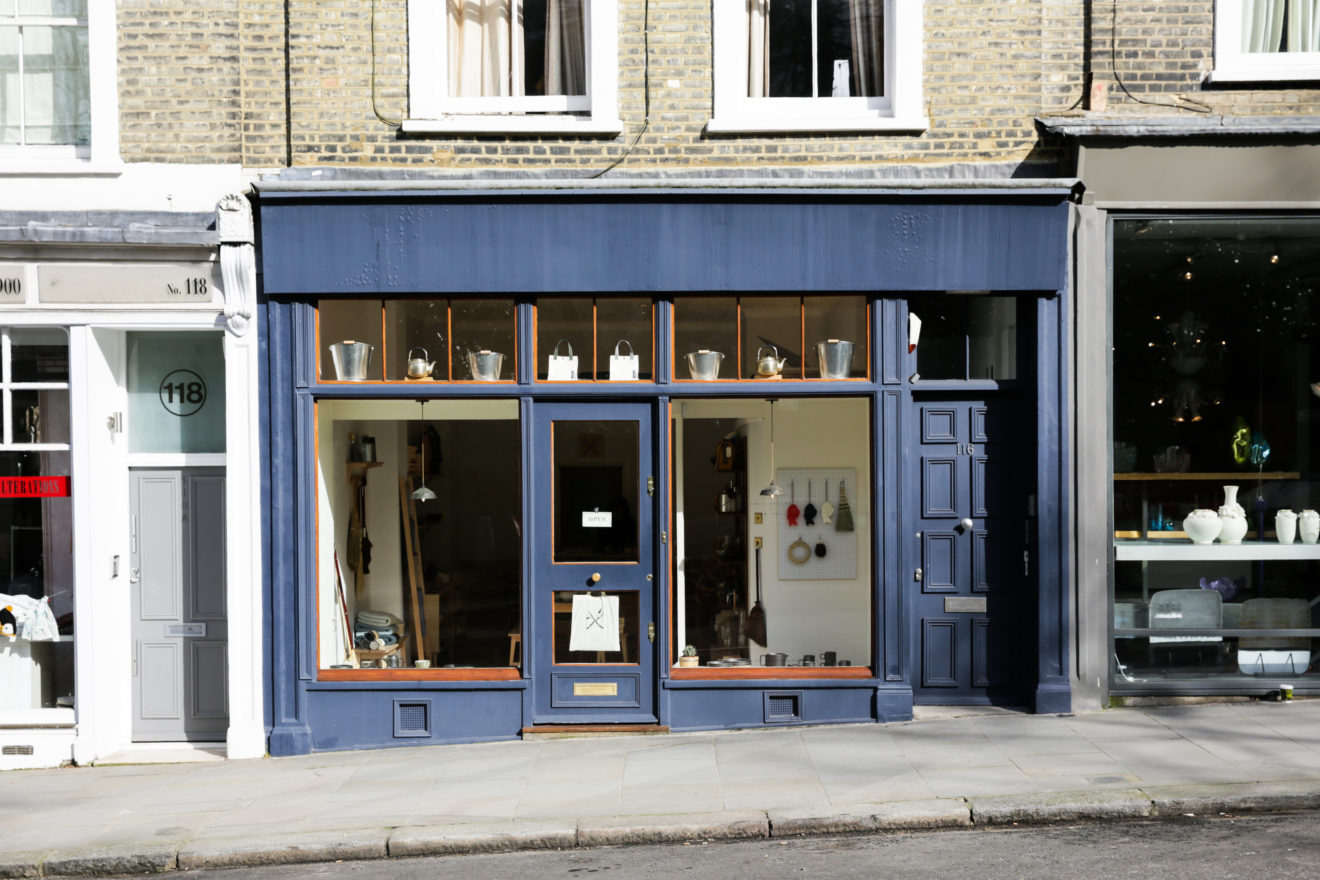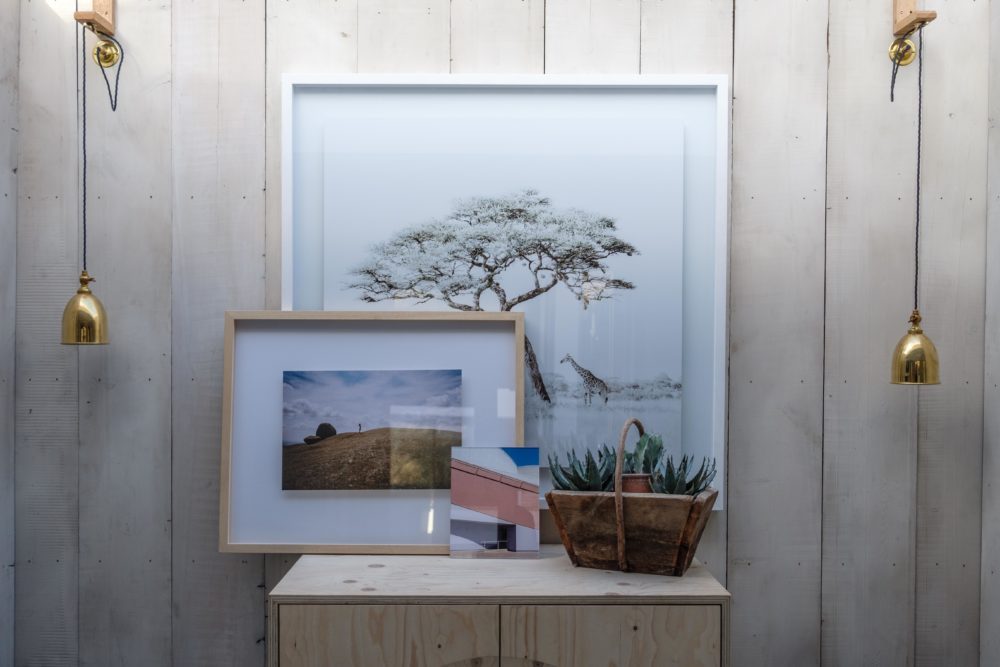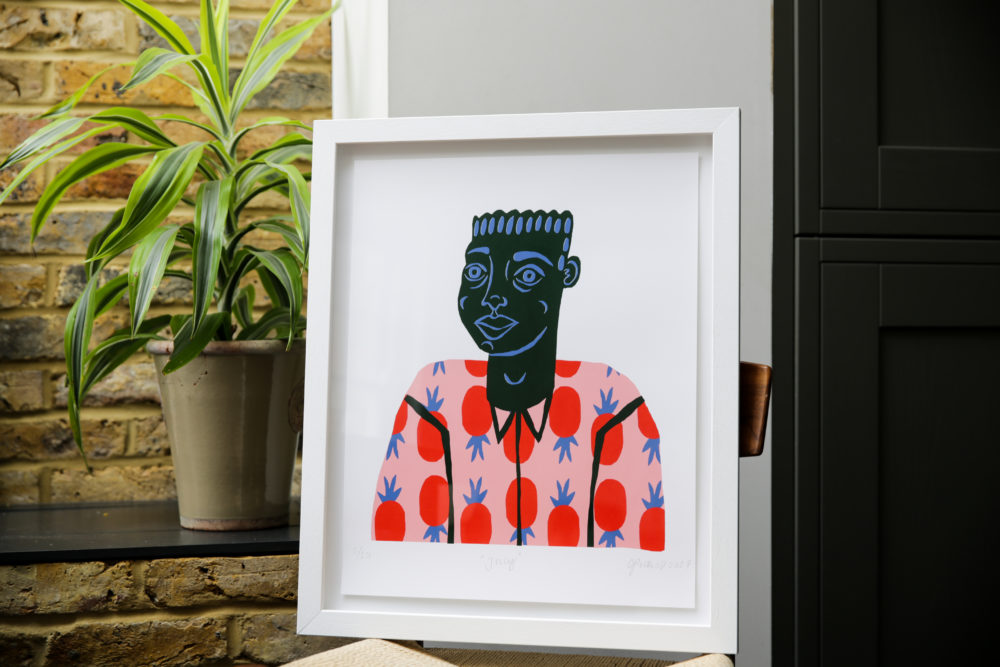Native & Co
Sharon Jo-Yun Hung and Chris Yoshiro Green founded Native & Co in December 2014. The shop specialises in homeware products that are predominantly sourced locally in Japan and Taiwan. With a background in product design, Hung and Green both seek out simple pieces with beautiful details. We had the opportunity to meet them at their Notting Hill store, where we spoke about their commitment to specialist craft makers and what ‘home’ means to them.
Native & Co came out of a peculiar set of events that didn’t make sense at the time but now do when joining up the dots of the past. Our last projects at Central Saint Martins were accidental stepping-stones, with one about Taiwanese aboriginal culture and the other about wooden tableware for restaurants.
While doing research for the aboriginal project we lived among some of the native tribes of Taiwan. Although the project was centred on social rituals, we also learnt and observed some of their craft specialities, textile weaving, and woodcarving. When returning back to the UK we noticed how absent Taiwanese craft and design were outside of Taiwan. This struck the initial idea of the potential and opportunity to source and curate these items to the UK.
When we first opened we had a few ranges from Scandinavia, France, and the UK. But over the months, clients began to establish a more solid expectation for our Japanese and Taiwanese ranges. We started to source more Japanese home-ware in particular ceramic-ware and very traditional items like handmade bamboo tea whisks for matcha powder tea. We started off with quite a body of designer items from Japan but have since accompanied them with more traditional everyday pieces.
We now only source our products locally in Japan and Taiwan. We try to visit as often as we can, but it has become much more difficult now that the shop is up and running. We usually visit Taiwan first and from there make our way to Japan. We have a list of regions we need to visit and travel essentially in a rotation. At the very beginning we needed to travel to source and discover products but now it’s more to establish closer relationships with the makers and craftsmen we collaborate with. It is essential to us to know and understand our products personally.
Our selection in the shop is less brand orientated. We are instead driven by aesthetics and the maker. We are quite strict and, therefore, work almost exclusively with specialist makers and local craftsmen to seek out discreet pieces crafted with simplicity, subtlety, and purity. We particularly like pieces that blend into a home. We avoid products that are purely intended to cause attention. Our aim is to combine Japanese and Taiwanese traditional craft with contemporary design.
We use as many of our own products at home as we can. Our current personal favourite is our large black ceramic teapot from Tokaname, Japan. We have many teapots at home but this black ceramic teapot has had a surprising and lasting shift for us. There is something in the sophistication of the pouring and the patience in the brewing that has changed our minds for good.

Home to us is a nest. A comfort cocoon that you escape to. A nest made of products you’ve picked up along the way. Even though we are from Japan and Taiwan our home is London. Our taste at home is very much in-line with the ethos behind Native & Co but we are less strict. We cheat a bit and have a set of vintage Ercol furniture and the odd ordinary mug here and there.
Although our products are discreet in nature we don’t believe in, or try to promote, a pure minimalist home. We believe homes should be a mix and balance of various sources. The art and talent are in the mixing.
The best reaction is when clients are curiously surprised. Take our wooden Kami cups, which are each made from only one piece of solid wood and then lathed until almost paper thin. They are robust and solid but surprisingly light. Or, our Hinoki bath stools, finished the traditional way with only a Kanna, a Japanese wood plane. The finish renders the Hinoki incredibly and surprisingly smooth. No sandpaper, oils or lacquers are used, the wood is simply shaven off like a razor.
We are particular fans of Japanese modern interiors in small detached houses. The combination of plywood clad walls and industrial steel framing is a constant in our interior tastes. We also have a thing for really small and enclosed spaces like sheds and log cabins.
We particularly admire the pioneer Japanese industrial designer Sori Yanagi. He had an exceptional understanding of form and balance. Unlike many designers of his day, he could make minimal products feel warm and fit in any home, not just a showroom or an architect’s waiting room. His body of work will make waves in Japanese design and minimal design for decades to come.
Interior design will likely continue through its current post-modernist path, mix-matching from design history, with mid-century furniture, art-deco tiles, and turn of the century enamel light shades. Product design is harder to foresee, minimalism is more widely accepted, but it is likely designs will become ever more complex with subtle forms as the cost of manufacturing freeform curves is reduced. As for craft and traditional makers, Japan has gone through an exceptional phase of revitalised craft through contemporary design. But I don’t think that will it spread as easily to other nations.

